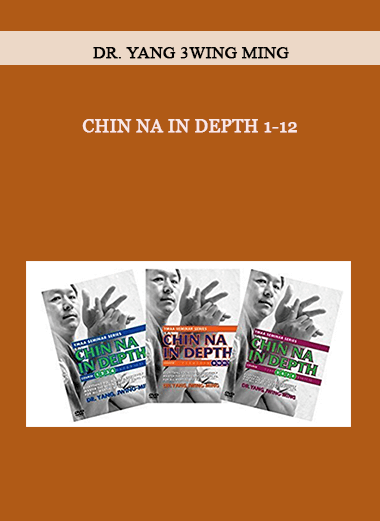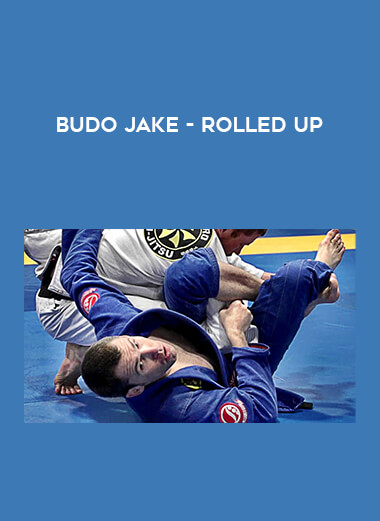Courses Infomation
Chin Na In Depth 1-12 by Dr. Yang 3wing Ming
Chin Na In Depth 1-12 by Dr. Yang 3wing Ming
**More information:
Description
“Chin Na” means “Seize Control”
Learn Chin Na (Qin Na) for controlling and incapacitating your opponents with finger, hand, and joint-locking techniques. Each of these techniques is presented up-close and in detail, and can be found in Dr. Yang’s bestselling book Comprehensive Applications of Shaolin Chin Na.
Dr. Yang, Jwing-Ming, one of the world’s foremost authorities on Chin Na (Qin Na) demonstrates and instructs his techniques up-close and in detail. Chin Na, the art of controlling an opponent through joint locks and acupressure cavities, is an essential part of all Chinese martial styles, and it will be a valuable addition to any other martial system.
Salepage : Chin Na In Depth 1-12 by Dr. Yang 3wing Ming
About Author
Dr. Yang, Jwing-Ming
Dr. Yang, Jwing-Ming (楊俊敏博士) started his Gongfu (Kung Fu) training at the age of fifteen under the Shaolin White Crane (Bai He) Master Cheng, Gin Gsao (曾金灶). In thirteen years of study (1961-1974) under Master Cheng, Dr. Yang became an expert in the White Crane style of Chinese martial arts, which includes both the use of bare hands and of various weapons such as saber, staff, spear, trident, two short rods, and many others. With the same master he also studied White Crane Qin Na (or Chin Na), Tui Na and Dian Xue massages, and herbal treatment.
At the age of sixteen, Dr. Yang began the study of Taijiquan (Yang Style) under Master Kao, Tao (高濤). Dr. Yang’s tai chi can be traced back to the Yang family through Master Kao’s teacher Yue, Huanzhi (樂奐之), an indoor disciple of Yang, Chengfu (楊澄甫). After learning from Master Kao, Dr. Yang continued his study and research of Taijiquan with Master Li, Mao-Ching (李茂 清) and training partner Mr. Wilson Chen in Taipei. Master Li learned his Taijiquan from the well-known Master Han, Ching-Tang, and Mr. Chen learned his Taijiquan from Master Chang, Xiang-San. Dr. Yang has mastered the Taiji barehand sequence, pushing hands, the two-man fighting sequence, Taiji sword, Taiji saber, and Taiji Qigong.
































Reviews
There are no reviews yet.